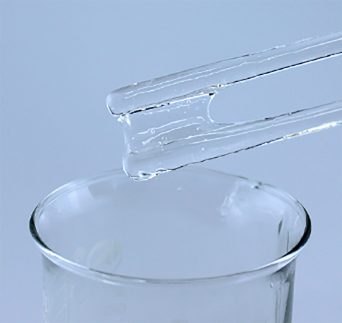
Nov . 22, 2024 10:59 Back to list
hpmc cellulose
HPMC Cellulose An Overview of Its Properties and Applications
Hydroxypropyl methylcellulose (HPMC) is a semi-synthetic polymer derived from cellulose, which is the main structural component of plant cell walls. HPMC is widely used in various industries due to its unique properties, making it a versatile additive in pharmaceuticals, food, construction, and personal care products. This article will explore the characteristics of HPMC and its numerous applications.
Properties of HPMC
HPMC is known for its exceptional water solubility, thickening, and emulsifying properties. It can dissolve in both hot and cold water, forming a clear, viscous solution. This property makes it an ideal thickener for products that require a certain level of viscosity without affecting clarity. HPMC is also non-toxic, biodegradable, and chemically stable, which adds to its appeal as a safe ingredient in food and pharmaceutical applications.
Another notable property of HPMC is its film-forming capability. It can create a flexible and durable film upon drying, which is valuable in various applications, including coatings and encapsulations. The polymer also exhibits excellent adhesion properties, enhancing the performance of products like sealants and adhesives.
Furthermore, HPMC has the ability to create gel-like structures, making it suitable for use in controlled-release formulations in pharmaceuticals. This ability to modify the release rate of active ingredients is crucial in developing drugs that require specific dosage delivery profiles.
Applications of HPMC
hpmc cellulose

1. Pharmaceutical Industry HPMC is extensively used as a binder and matrix-forming agent in oral solid dosage forms like tablets and capsules. Its controlled-release properties ensure that active ingredients are released over an extended period, enhancing therapeutic effectiveness. HPMC is also utilized as a thickening agent in topical formulations, helping to stabilize creams and ointments.
2. Food Industry In the food sector, HPMC serves as a food additive that improves texture and stability. It is commonly found in gluten-free products, helping to mimic the elasticity and texture of gluten. Moreover, HPMC is used in sauces, dressings, and baked goods to enhance viscosity and improve mouthfeel.
3. Construction Industry HPMC is widely used in construction materials, particularly in cement and gypsum-based products. It enhances workability and water retention, allowing for a smoother application and extended open time for materials like tile adhesives and plasters.
4. Personal Care Products In the cosmetics and personal care industry, HPMC acts as a thickener, stabilizer, and film-forming agent. It is found in shampoos, conditioners, lotions, and gels, where it enhances product performance and provides a pleasant texture.
5. Other Applications HPMC is also used in agriculture as a soil conditioner and in the production of specialty papers and textiles. Its versatility allows it to be employed in diverse applications, making it a valuable material in various sectors.
Conclusion
Hydroxypropyl methylcellulose (HPMC) is a multifunctional polymer with a wide range of applications across several industries. Its unique properties, including strong thickening ability, water solubility, and film-forming capabilities, make it an essential ingredient in pharmaceuticals, food products, construction materials, and personal care items. As industries continue to innovate and seek sustainable materials, the demand for HPMC is expected to grow, highlighting its importance in modern formulations and applications. Whether providing texture in food, stability in pharmaceuticals, or workability in construction, HPMC proves to be a crucial component in enhancing product performance and consumer satisfaction.
-
Versatile Hpmc Uses in Different Industries
NewsJun.19,2025
-
Redispersible Powder's Role in Enhancing Durability of Construction Products
NewsJun.19,2025
-
Hydroxyethyl Cellulose Applications Driving Green Industrial Processes
NewsJun.19,2025
-
Exploring Different Redispersible Polymer Powder
NewsJun.19,2025
-
Choosing the Right Mortar Bonding Agent
NewsJun.19,2025
-
Applications and Significance of China Hpmc in Modern Industries
NewsJun.19,2025







